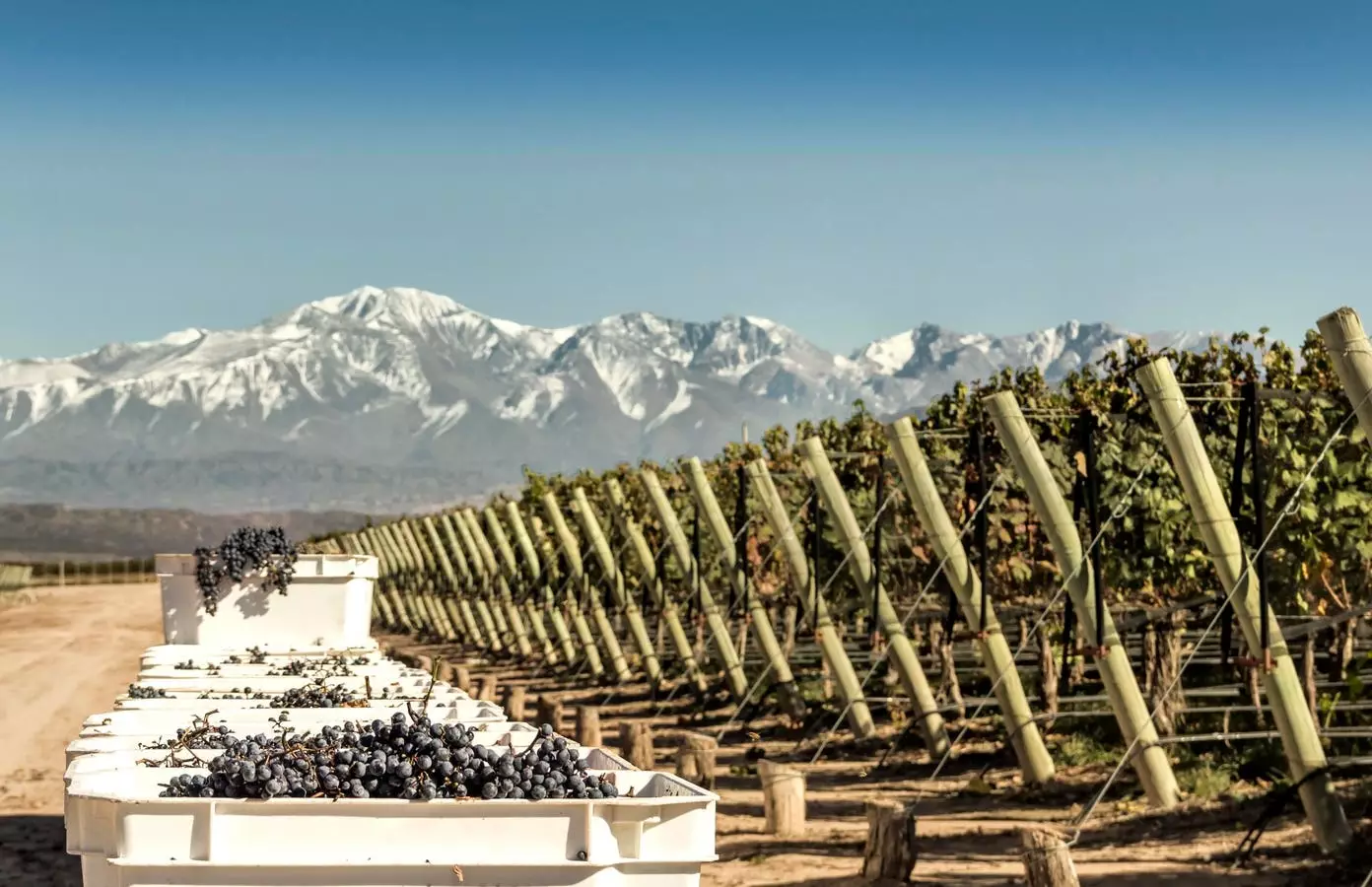Argentina is internationally recognized for its Malbec, a flagship varietal that has become synonymous with the South American nation’s wine identity. However, this beautiful country, rich in topographical diversity and convivial heritage, has so much more to offer. Among the hidden gems stashed within Argentina’s vineyards is Cabernet Sauvignon, the third most widely planted grape in the country that is increasingly establishing its place in wine enthusiasts’ hearts.
Spanning over 1,500 miles from Salta in the north to Patagonia in the south, Argentina provides a diverse climate and terroir that contribute significantly to the character of its wines. Most vineyards are situated at impressive altitudes, often around 4,500 feet, creating unique growing conditions that benefit the Cabernet Sauvignon grape. The high elevation means cooler temperatures during the night, which slows down grape ripening and encourages the development of complex flavors while enhancing aromas. The increased sunlight, however, allows these grapes to reach optimal phenolic ripeness, a challenging feat in many global wine regions.
While traditionally a hard grape to perfect—sometimes resulting in vegetal, bell pepper-like flavors when under-ripened—Cabernet Sauvignon thrives in Argentina’s varied climates. The country’s continental climate, characterized by ample sunshine and well-drained soils, lends itself beautifully to growing this late-ripening varietal. And the result? A stunning array of Cabernet Sauvignon wines that display a spectrum of styles and flavor profiles, from intense and structured to fresh and spicy.
The nuances of Cabernet Sauvignon in Argentina are amplified by the myriad of regions where it is cultivated. Each area offers distinct characteristics based on local conditions, elevating the grape’s true potential. Patricia Ortiz, who owns and manages multiple Argentine wineries, describes the Cabernet Sauvignon from different regions as a reflection of their unique terroirs.
For instance, in Luján de Cuyo, one can expect rich, ripe flavors with softer tannins and bold fruit notes of blackcurrant and plums, often harmonized by a touch of oak. The Uco Valley is famous for producing elegant and structured versions, offering lively acidity alongside a bouquet of red and black fruits, enhanced by subtler floral notes. Travelling south to Patagonia, one encounters Cabernet Sauvignon that is delicately refined, with earthy characteristics and spicier undertones, resulting in cooler fruit flavor profiles that evoke a sense of finesse.
Innovative practices adopted by winemakers enhance the quality and integrity of Argentine Cabernet Sauvignon. For instance, Domaine Bousquet stands at the forefront of sustainable winemaking in the Uco Valley. Utilizing regenerative agriculture practices, this winery focuses on creating a balance in their vineyards, which ultimately leads to healthier grapes and superior wine. Lead winemaker Rodrigo Serrano remarks on how unique valley conditions allow grapevines to slowly develop and reach their mature potential, resulting in wines that boast both structure and approachability.
Similarly, the historic influence of European immigrants profoundly shaped the Argentine wine industry. The knowledge that French, Italian, and Spanish winemakers brought instilled a rich tradition of grape cultivation and winemaking techniques. As Karim Mussi from Altocedro Winery emphasizes, the hardworking spirit of Argentine people continually fuels an evolving wine industry that remains passionate about the craft.
For consumers who appreciate the bold and opulent style of California Cabernet Sauvignon but are deterred by its often exorbitant prices, Argentine Cabernet Sauvignon provides an elegant alternative that does not compromise on quality. Ortiz highlights the impressive aging potential of Argentine wines, which are built on a foundation of solid structure, acidity, and tannins. Much like fine Bordeaux, these wines offer complex layers of flavor and texture, all at a fraction of the price of their Californian counterparts.
Despite the global dominance of Malbec, Cabernet Sauvignon’s burgeoning success is garnering attention from diverse audiences. With the United States as the largest market for Argentine wine exports, there is considerable scope for introducing consumers to these captivating wines. As Mussi humorously notes, while Malbec helped put food on the table, it is high time for Cabernet Sauvignon to take center stage and entice both seasoned wine lovers and newcomers alike.
To limit Argentina’s wine identity to just Malbec is not only a disservice to its rich viticultural landscape but also a missed opportunity for wine lovers to discover and savor the remarkable expressions of Cabernet Sauvignon. With regions rich in varied terroirs, sustainable practices, and an enduring spirit, Argentina’s Cabernet Sauvignon is poised to take the world by storm, one glass at a time.


Napsat komentář